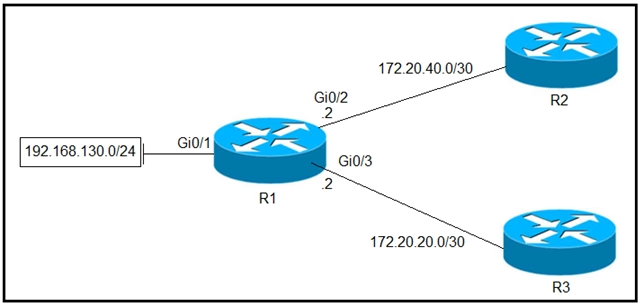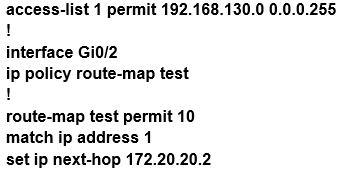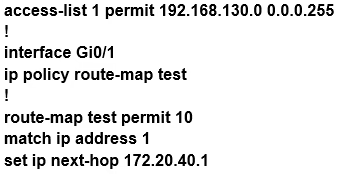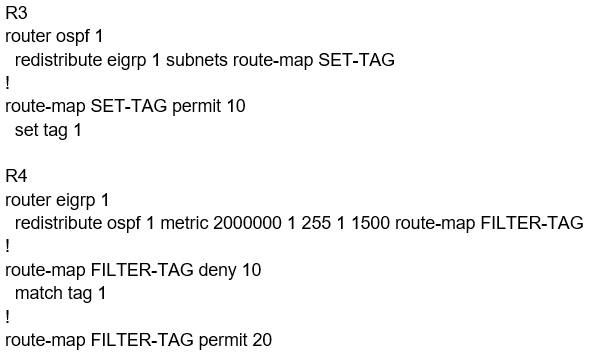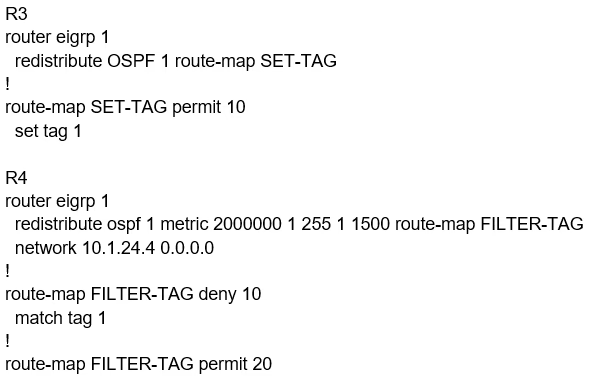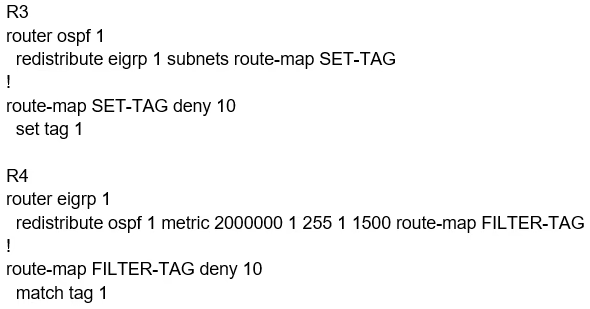Implementing Cisco Enterprise Advanced Routing and Services
Here you have the best Cisco ENARSI practice exam questions
- You have 620 total questions to study from
- Each page has 5 questions, making a total of 124 pages
- You can navigate through the pages using the buttons at the bottom
- This questions were last updated on August 21, 2025
- This site is not affiliated with or endorsed by Cisco.

